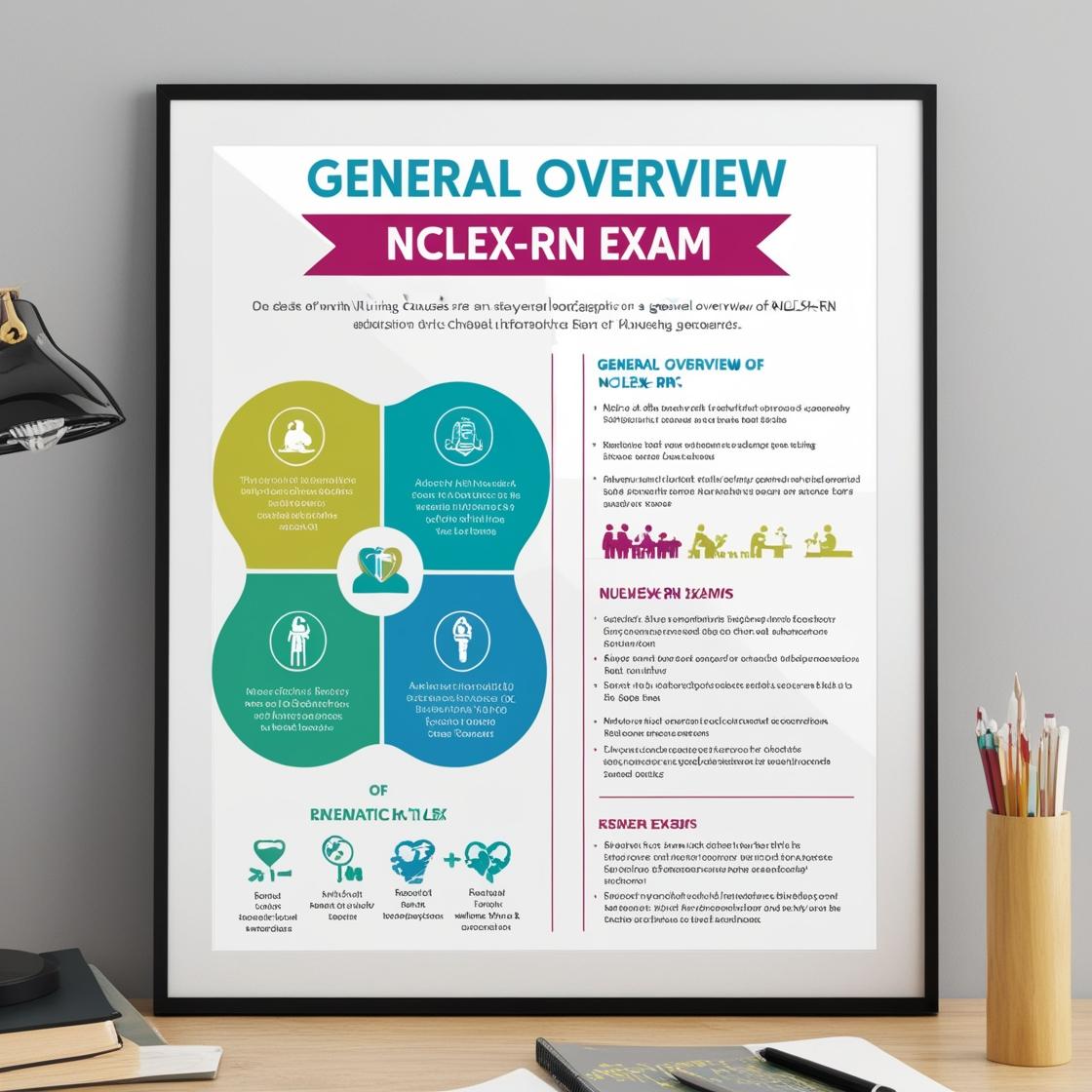NCLEX-RN
Safe and Effective Care Environment NCLEX RN Questions
1. A small fire has erupted in a wastebasket in the client waiting room. Which of the following is the first action of the nurse?
- A. Call 9-1-1
- B. Find the fire extinguisher
- C. Move clients to safety
- D. Throw water on the fire
Correct answer: C
Rationale: When a fire starts in a healthcare setting, the first action of the nurse is to move clients and anyone who may be in danger to a safe location. Ensuring the safety of clients is the top priority during emergencies. While using a fire extinguisher could be a subsequent step to contain the fire, the immediate focus should be on evacuating individuals from harm's way. Calling 9-1-1 is important, but moving clients to safety should be the nurse's initial response. Throwing water on the fire may not be effective or safe, as it can exacerbate some types of fires.
2. When providing endotracheal suctioning, for how long should the nurse suction the endotracheal tube of an intubated client on a ventilator at a time?
- A. Five seconds or less
- B. Ten seconds or less
- C. At least 30 seconds
- D. No longer than 60 seconds
Correct answer: B
Rationale: When providing endotracheal suctioning, the nurse should suction for no longer than ten seconds at a time. Suctioning for longer than ten seconds may cause hypoxia or bronchospasm. Extended suctioning may also place the client at risk of injury to the bronchial and tracheal structures. Choices C and D suggest prolonged suctioning durations that can lead to adverse effects on the client. Choice A, suctioning for five seconds or less, may not be adequate to clear secretions effectively, making choice B the most appropriate duration for safe and efficient suctioning in this scenario.
3. Which of the following is an example of an environmental hazard that may put the healthcare professional at risk of injury?
- A. Loud noise from the hospital maintenance system
- B. Airborne powder containing latex
- C. Chemicals containing ethylene oxide
- D. All of the above
Correct answer: D
Rationale: Healthcare professionals, including nurses, are exposed to various environmental hazards that may negatively impact their physical or mental health. Hazards come in several forms, such as loud noise from hospital systems, which can damage hearing; airborne latex powder, leading to allergic reactions; and chemicals like ethylene oxide, a sterilizing agent that can cause cancer. Therefore, all the options listed pose risks to healthcare professionals, making 'All of the above' the correct answer. Choice A, loud noise, is a hazard that can affect hearing health. Choice B, airborne latex powder, can trigger allergic responses. Choice C, chemicals containing ethylene oxide, are hazardous and can lead to serious health issues. Each option represents a distinct environmental risk that healthcare professionals should be aware of and take precautions against.
4. When should you wear gloves?
- A. preparing infant formula for a newborn baby
- B. transferring breast milk into a baby bottle
- C. knocking on a patient's door
- D. opening a patient's door
Correct answer: B
Rationale: You must wear gloves when transferring breast milk into a baby bottle because breast milk is considered a bodily fluid. It is essential to avoid direct contact to prevent contamination. When preparing infant formula, gloves are not required as formula is not a bodily fluid. Knocking on or opening a patient's door does not involve direct contact with bodily fluids, so gloves are unnecessary in those situations.
5. A physician has ordered that a client must be placed in a high Fowler's position. How does the nurse position this client?
- A. The client is placed face-down
- B. The client lies on his back with his head lower than his feet
- C. The client lies on his back with the knees drawn up toward the chest
- D. The client is sitting with the backrest at a 90-degree angle
Correct answer: D
Rationale: A high Fowler's position is a modification of the semi-Fowler's position, in which the client is seated with arms resting at the sides or in the lap. The high Fowler's position requires that the client's head and upper chest are elevated, and the backrest is at a 90-degree angle. This position supports breathing and appropriate chest wall movement, making it easier for the client to breathe. Choices A, B, and C are incorrect because a high Fowler's position involves the client being in a sitting position with the backrest at a 90-degree angle, not being face-down, lying with the head lower than the feet, or lying on the back with knees drawn up towards the chest.
Similar Questions

Access More Features
NCLEX RN Basic
$69.99/ 30 days
- 5,000 Questions with answers
- Comprehensive NCLEX coverage
- 30 days access @ $69.99
NCLEX RN Premium
$149.99/ 90 days
- 5,000 Questions with answers
- Comprehensive NCLEX coverage
- 30 days access @ $149.99
